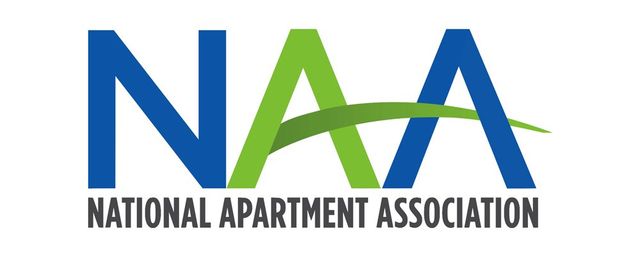Steering the Intricate Landscape of Regulatory Standards for Cyber Security in Multi-Dwelling Residences to Ensure Occupant Safety and Data Safeguarding
Wiki Article
Within the current society, numerous people live in multi-unit buildings, including flat buildings and condominiums. Such places often utilize shared infrastructures for internet and additional amenities. While this arrangement can be beneficial, it also brings up significant questions about network safety and regulatory standards. Guaranteeing the security of residents and safeguarding their information is crucial. This piece will examine the intricate environment of compliance standards for network safety in multi-dwelling units, emphasizing how these standards assist maintain residents secure and protected.
One of the primary compliance guidelines that pertain to system security is the EU Information Privacy Act (GDPR). This regulation is designed to safeguard personal information and privacy for persons inside the European Union. Although it primarily applies to companies operating in the EU, its tenets can influence practices in different regions as well. For multi-dwelling units, complying to GDPR requires establishing robust data safeguarding measures. This includes making sure that residents' individual information is gathered, kept, and handled safely. By adhering to these guidelines, building administrators can help establish trust with tenants and ensure their information is safe from unauthorized intrusion.

Another important standard is the Healthcare Coverage Portability and Responsibility Law (HIPAA), which protects sensitive healthcare data in the medical industry. In multi-dwelling units, particularly those that offer healthcare services or have tenants with particular health needs, compliance with HIPAA is crucial. This means that any medical information collected from residents must be maintained confidential and protected. Building managers must ensure that their system systems are designed to avoid information breaches and unauthorized intrusion. By taking these steps, they not only comply with legal requirements but also foster a secure living environment for all residents.
Alongside GDPR and HIPAA, the Credit Card Card Sector Data Security Standard (PCI DSS) is another vital regulatory standard. This standard is especially important for multi-dwelling units that accept credit card transactions for lease or services. PCI DSS specifies security measures that must be implemented to protect customer information. This entails encrypting sensitive information and frequently monitoring system safety. By adhering to PCI DSS standards, property managers can reduce the threat of information leaks and safeguard residents' financial information, which is crucial for upholding their confidence and security.
Ultimately, it is essential for multi-unit units to remain informed on local and national laws regarding system safety. Regulations and standards can evolve, and remaining aware is crucial for compliance. Property administrators should frequently review their security policies and procedures to make sure they comply with up-to-date standards. This proactive approach not only helps see it here in maintaining adherence but also improves the overall security of the network. By prioritizing resident safety and data protection, multi-dwelling units can create a secure living environment that fosters trust and reassurance among tenants.
To summarize, navigating the intricate environment of regulatory guidelines for system safety in multi-unit buildings is crucial for ensuring resident security and information safeguarding. By comprehending and applying guidelines like GDPR, HIPAA, and PCI DSS, building administrators can establish a safe space for their tenants. Remaining informed about local regulations and regularly reviewing security practices further enhances this dedication to security. In the end, a robust emphasis on adherence not only protects residents but also builds a sense of belonging and confidence among multi-unit units.